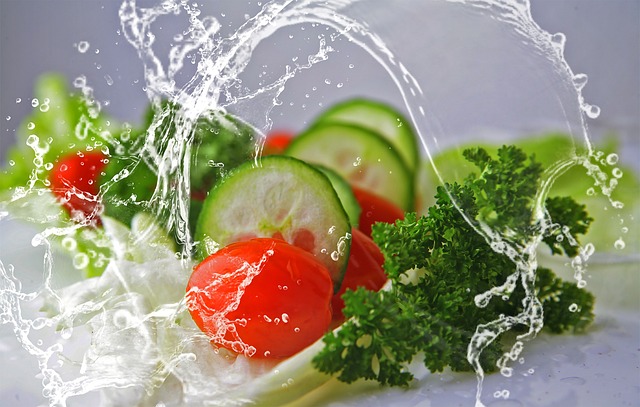How to plan a meal around seasonal ingredients : One of the joys of cooking is the opportunity to explore the abundance and flavors of each season. Planning your meals around seasonal ingredients not only ensures freshness and quality but also supports local farmers and reduces environmental impact. In this blog, we will dive into the art of embracing the seasons and offer practical tips on how to plan a meal around seasonal ingredients.
1. Get to Know Your Seasons:
Understanding the seasonal availability of different ingredients is key to planning meals. Familiarize yourself with what fruits, vegetables, and other produce are in season in your area during each season. Local farmers’ markets, online resources, and agricultural extension services can be excellent sources of information.
2. Seasonal Shopping:
Visit local farmers’ markets, farm stands, or join a community-supported agriculture (CSA) program to get your hands on the freshest seasonal produce. These options not only provide access to high-quality ingredients but also allow you to connect with local producers and discover unique varieties.
3. Plan Ahead:
Once you’re aware of the seasonal offerings, start planning your meals accordingly. Consider what’s available and build your menu around those ingredients. Look for recipe inspiration online, in cookbooks, or from family and friends. Keep a list of seasonal recipes that you can refer to throughout the year.
4. Flexibility and Creativity:
Since seasonal availability can vary, be prepared to adapt and substitute ingredients if necessary. If a specific ingredient isn’t available, look for alternatives that are in season. For example, if a recipe calls for tomatoes in the winter, consider using roasted root vegetables instead for a hearty twist.
5. Preserve the Bounty:
When certain ingredients are abundant during the season, take advantage of the opportunity to preserve them for later use. You can freeze, can, pickle, or dry fruits and vegetables to enjoy their flavors even when they are out of season. Preserving allows you to extend the enjoyment of seasonal ingredients throughout the year.
6. Experiment with Flavor Combinations:
Seasonal ingredients often pair well together, complementing each other’s flavors and textures. Explore new flavor combinations and experiment with different herbs, spices, and cooking techniques to enhance the natural taste of seasonal produce. Get creative and let the ingredients shine.
7. Consider Seasonal Eating Patterns:
Certain seasons call for specific types of dishes. Light and refreshing salads are perfect for summer, while warming soups and stews are comforting during winter. Embrace the season’s climate and adjust your meal plans accordingly, allowing your body to connect with nature’s rhythms.
8. Document Your Favorites:
As you experiment with seasonal ingredients and create delicious meals, document your favorite recipes. Keep a journal or digital folder with notes on what worked well, including modifications or adjustments you made. This way, you’ll have a personalized collection of seasonal recipes to revisit in the future.
Conclusion:
Planning meals around seasonal ingredients is a delightful way to connect with nature, support local farmers, and savor the best flavors each season has to offer. By understanding the seasons, shopping locally, planning ahead, and embracing creativity, you can create memorable meals that celebrate the bounty of nature. So, go out there, explore your local markets, and embark on a culinary adventure through the seasons!
Remember, each season brings its own magic to the table, and by planning your meals around seasonal ingredients, you’ll not only indulge in fresh and vibrant flavors but also contribute to a more sustainable and conscious way of eating. Bon appétit!

